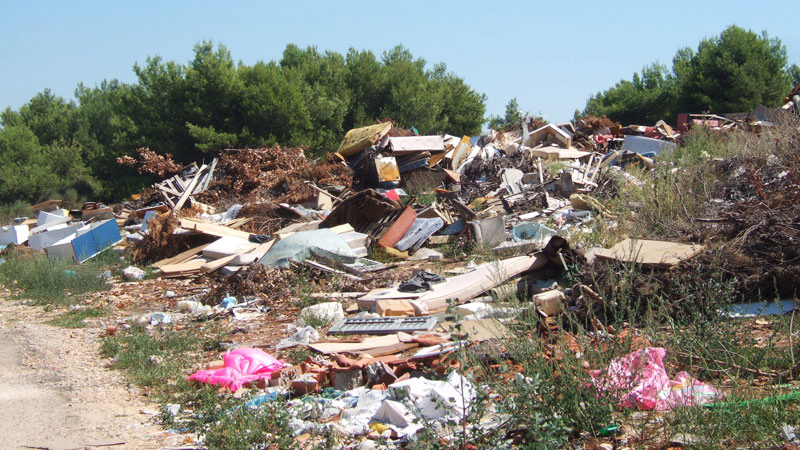It includes many proposals which will contribute towards Europe becoming a cleaner and more sustainable circular economy as well as climate neutral.
However, the cornerstone of a circular economy is missing: the measures required to prevent the leaking of waste streams suitable for recycling or recovery to large scale landfills.
The signatories are disappointed that the action plan does not include further efforts on the diversion of waste from landfills. Even with progress on recycling rates, approximately 175 million tonnes of waste are still being landfilled in Europe annually (and this does not include the enormous amount of mineral wastes also going to landfill). This leads to more than 140 million tonnes of CO2eq emissions. While the targets for municipal waste landfilling were set back in 2018, municipal waste is just a small part of the total waste volume. Diverting also other waste streams (industrial and commercial waste) from landfills would not only bring environmental benefits, including soil and water protection, but is also the easy win for greenhouse gas mitigation in the waste sector.
The signatories ask the European Commission and policymakers to use the most effective measures to minimise large scale landfilling as soon as possible by ensuring the implementation of the existing targets on municipal waste. They also call for an integrated approach on industrial and commercial waste, with measures aiming at stimulating recycling, other recovery1, and reducing landfilling of such waste flows, by setting a cap in the EU Landfill Directive also for (recyclable or recoverable) commercial & industrial waste, as done for municipal waste in 2018. This would create a level playing field in EU Member States. The cap would have to take into consideration the need for disposal in a more circular waste management chain, after recycling and recovery.







